The evolution of barefoot living stretches back through centuries of human history, deeply embedded in the cultural practices of ancient civilizations. From practical survival to spiritual beliefs, walking barefoot has been a common practice across many societies. As we explore the barefoot living evolution, we uncover how ancient cultures embraced this natural approach to movement for both physical and mental well-being. Today, we see a resurgence of interest in barefoot living, recognizing the significant role it can play in improving mobility, balance, and overall health.
As society became more industrialized, the use of footwear increased, but it wasn’t until recently that barefoot living re-emerged as a natural way to improve mobility, balance, and health. In this blog, we will explore the historical significance of barefoot living across cultures and how these ancient practices provide valuable lessons for improving our physical and mental health today.
By taking a deeper look at how different cultures approached barefoot living, we can better understand how it continues to shape modern health practices, especially with the resurgence of minimalist footwear and the barefoot movement.
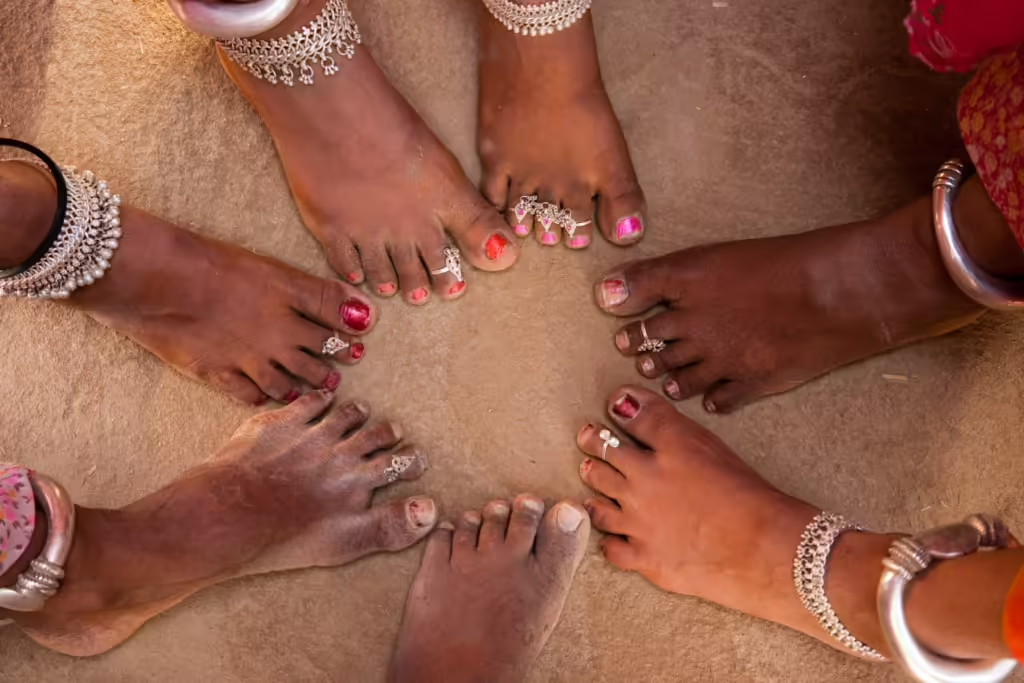
Ancient Civilizations and Barefoot Living
In many ancient societies, barefoot living wasn’t just practical—it was symbolic of health, status, and spiritual connection. For instance, in Ancient Egypt, going barefoot was common among the lower classes, while wearing shoes, particularly elaborate sandals, was a status symbol. The evolution of barefoot living within Egyptian society was linked to spiritual practices, as many believed direct contact with the earth fostered a connection with the gods. The barefoot living evolution continued through Ancient Greece, where athletes competed barefoot as a symbol of purity, strength, and athletic prowess.
In Ancient Greece, barefoot living was not just a daily practice but also a sign of athletic prowess. Greek athletes competed barefoot in the Olympic Games, as it was believed to strengthen the body and align it with nature. Philosophers like Socrates and Diogenes were often seen walking barefoot, promoting it as a way to live a simple and virtuous life. This reflected their philosophical beliefs that living close to nature fostered physical strength and moral integrity.
Ancient Rome embraced barefoot living, particularly in military training. Roman soldiers often trained without shoes to strengthen their feet and legs, improve balance, and build resilience. While soldiers eventually wore sandals (caligae) during battles, training barefoot helped them develop the endurance needed for warfare.
Throughout these civilizations, the practice of barefoot living was intertwined with physical fitness, social status, and spirituality, offering an enduring model of how natural movement can be integrated into daily life.
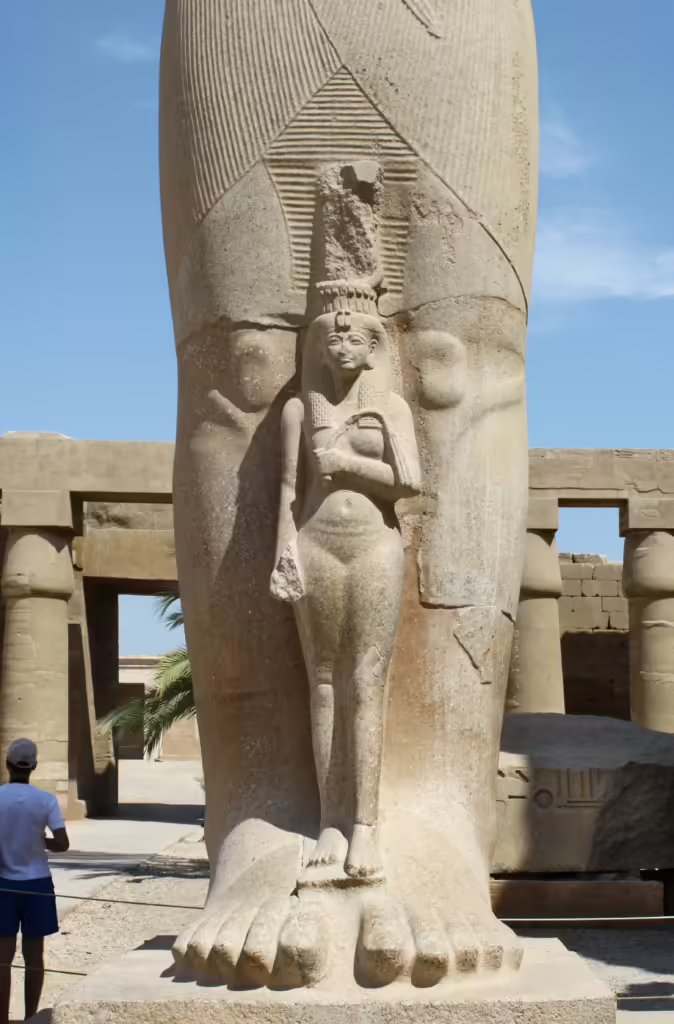
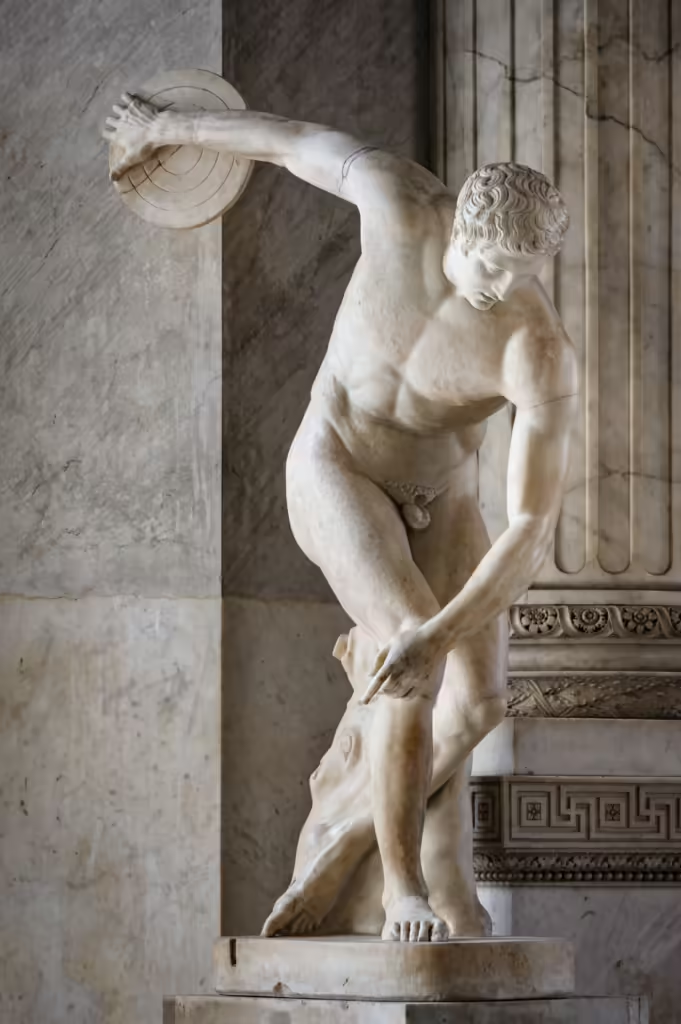
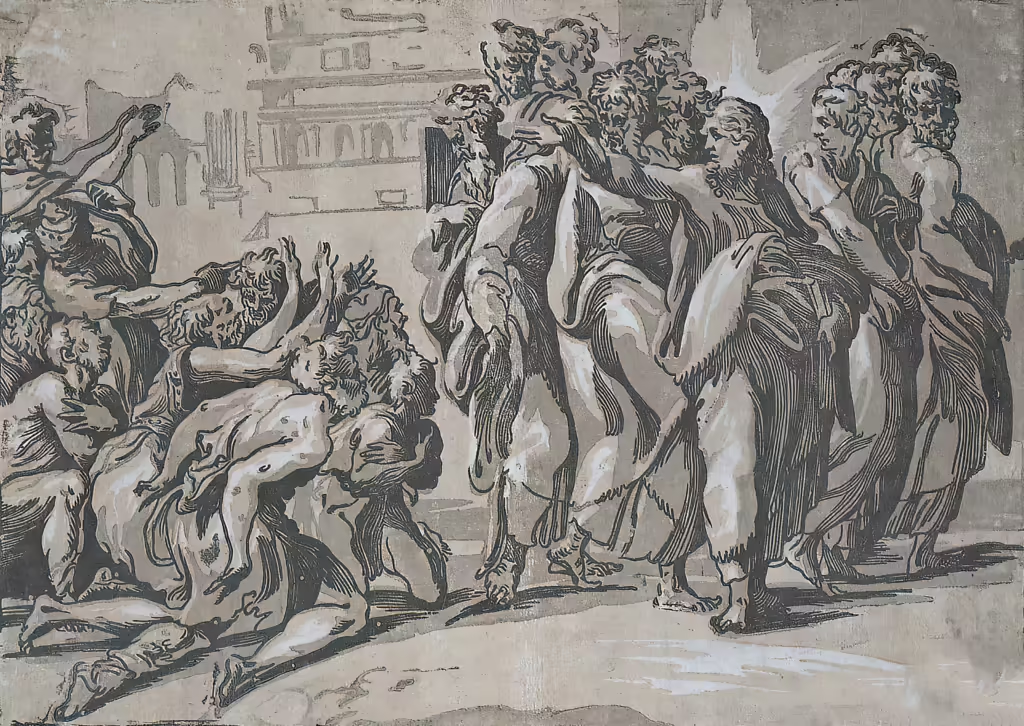
Indigenous Cultures and the Barefoot Living Evolution
Indigenous cultures worldwide have embraced barefoot living as part of survival, health, and spirituality. In many African cultures, particularly the Himba people, walking barefoot was essential for maintaining foot strength and natural biomechanics. This practice is part of the barefoot living evolution, where centuries of tradition supported strong, healthy feet and minimized foot deformities. In India, barefoot walking remains a significant spiritual practice, with roots in Hinduism and Buddhism, where the act of grounding through the feet symbolizes humility and connection to the earth.
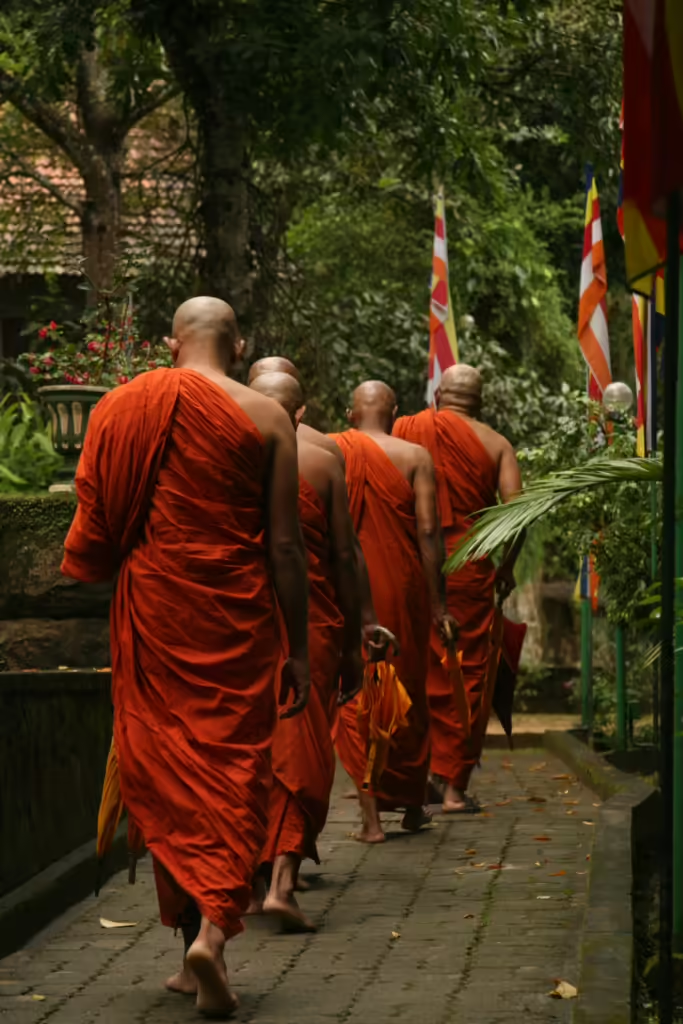
Similarly, in India, barefoot walking has deep spiritual roots. It’s not uncommon to see people walking barefoot as a form of spiritual practice, especially in Hindu and Buddhist temples. Walking barefoot symbolizes humility, grounding, and connection to the earth. Many in India believe that the earth’s energy, transmitted through direct contact with the ground, enhances health and well-being. This connection between barefoot walking and spirituality remains an important aspect of cultural and religious life in many regions.
In Native American cultures, particularly among tribes like the Puebloans and Apache, barefoot living or the use of minimal footwear was prevalent. These tribes often wore moccasins made from animal hides, designed to protect their feet while allowing for natural foot movement.
This minimal footwear provided flexibility and agility, preserving the natural biomechanics of the foot. For many Native Americans, walking barefoot or in minimal footwear was more than practical—it had spiritual significance. Direct contact with the earth strengthened their connection to nature, an important aspect of their spiritual beliefs and daily lives.
In colder climates, the Sami people of Scandinavia developed minimalist footwear using materials like reindeer hide. Their footwear, although protective against the harsh environment, allowed for natural foot movement. Even in these challenging conditions, they prioritized maintaining a connection to the earth, recognizing the importance of natural movement for both survival and health.
Additionally, the lightweight and flexible footwear used by Native American tribes, or the decision to go completely barefoot, played a crucial role in their activities, such as hunting and spiritual ceremonies. By keeping the foot close to its natural state, they preserved foot strength and mobility, which aligns closely with modern barefoot practices advocating for a return to natural movement and overall health.
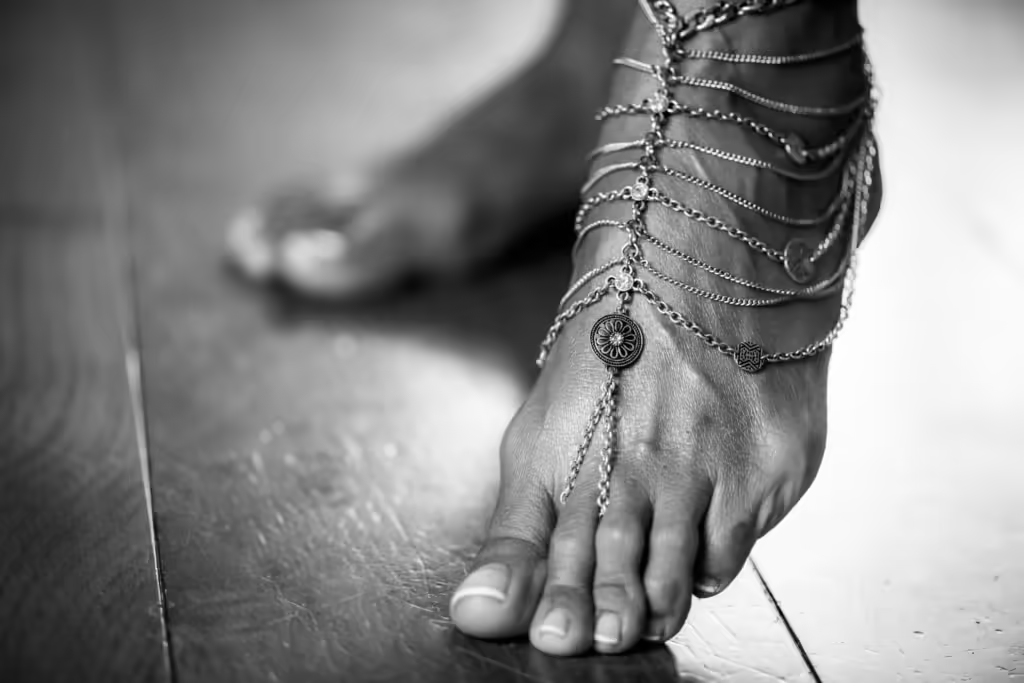
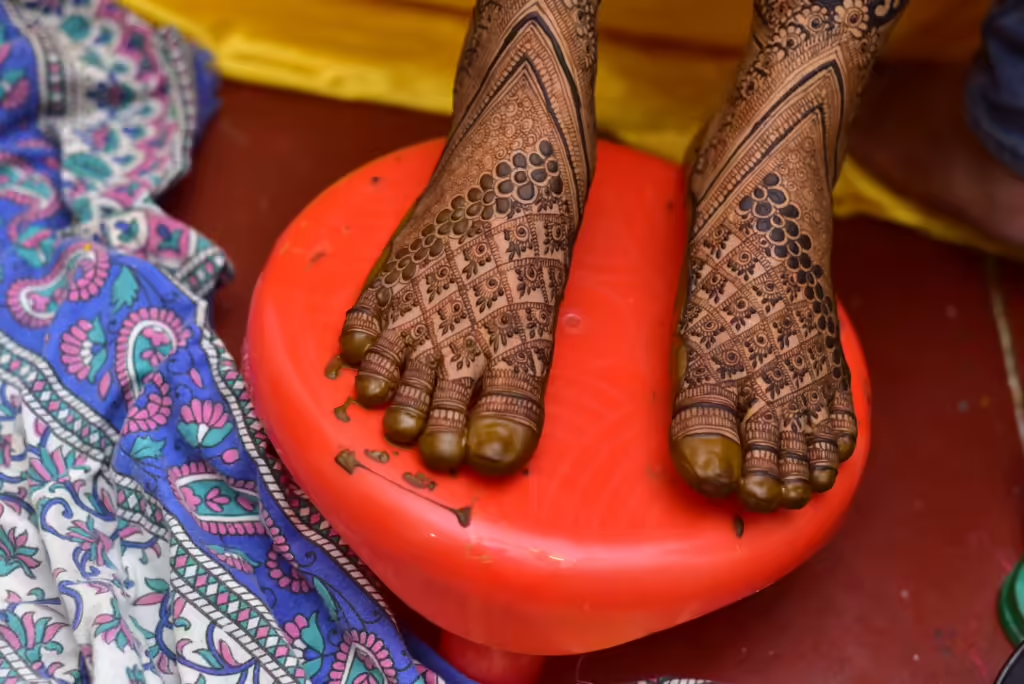
Modern Resurgence and Barefoot Living Evolution
The modern resurgence of barefoot living can be seen as a continuation of the barefoot living evolution observed in ancient cultures. As footwear technology advanced, many individuals began to experience foot-related issues, prompting a return to more natural forms of movement. Minimalist footwear, which mimics barefoot walking, is part of this evolution, offering a balance between protection and allowing the foot to move freely
One of the most significant aspects of the modern barefoot movement is the popularity of barefoot running. Advocates of barefoot running argue that it allows for a more natural gait, reducing impact forces on the joints and encouraging a forefoot or midfoot strike, which can help prevent common running injuries like shin splints and knee pain. By eliminating the need for overly cushioned shoes, barefoot runners experience a heightened awareness of their foot positioning and body alignment.
Minimalist footwear, which mimics the sensation of being barefoot while providing some protection from external elements, has gained significant popularity as part of this movement. Brands like Vibram, Xero Shoes, and Merrell have developed shoes with thin, flexible soles that allow for full range of motion in the foot while offering protection from sharp objects, uneven terrain, and harsh weather conditions. Unlike traditional footwear that restricts movement and weakens the foot over time, minimalist shoes are designed to strengthen the muscles in the feet, improve balance, and encourage proper posture. Many who switch to minimalist footwear report relief from chronic foot pain and a noticeable improvement in overall foot health. This footwear represents a shift toward more natural and functional design, encouraging individuals to embrace a lifestyle more in line with ancestral movement patterns.
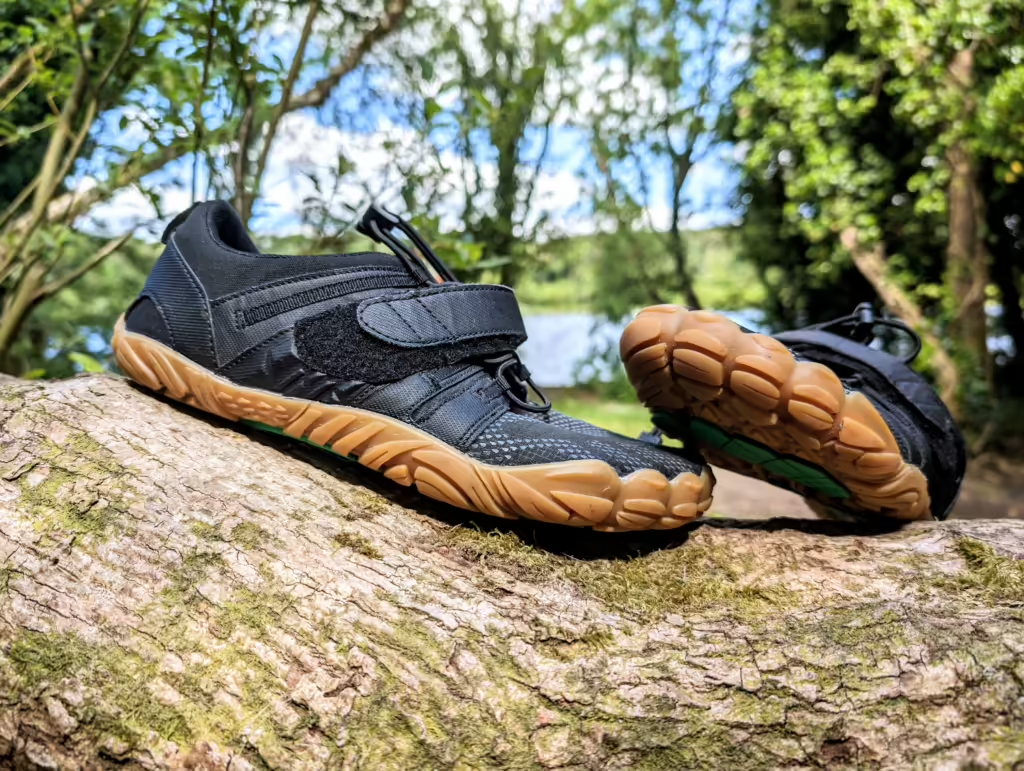
This modern resurgence reflects the increasing awareness of the benefits of barefoot living and how returning to natural movement can improve foot health and overall well-being. Many who have adopted barefoot living report better posture, stronger feet, and relief from chronic foot pain.
Health Benefits of Barefoot Living
The health benefits of barefoot living are well-documented, particularly in relation to foot mechanics and overall body alignment. As we continue to explore the barefoot living evolution, modern research highlights the importance of natural movement in reducing chronic foot pain, improving balance, and promoting stronger foot arches. Walking barefoot not only enhances proprioception, but also plays a significant role in injury prevention and improving overall mobility.
Research has shown that barefoot walking and running provide numerous health benefits, especially for individuals dealing with chronic foot pain or conditions like plantar fasciitis and bunions. Habitually barefoot individuals tend to exhibit stronger foot arches, better posture, and more even pressure distribution compared to those who wear shoes regularly. One of the key advantages of barefoot living is its promotion of natural foot mechanics. When the foot moves naturally without the restrictions of rigid shoes, the muscles and tendons engage more fully. This process strengthens the foot and leg muscles, which can help improve overall stability and balance. For those suffering from joint problems or foot pain, walking barefoot can assist in realigning the body’s biomechanics, reducing the risk of injury and alleviating existing discomfort.
Barefoot living isn’t just about your feet—it’s about building better balance, mobility, and stability from the ground up. By reconnecting with how we’re meant to move, you can experience the benefits every day, whether you’re walking, working, or just getting out in the garden.
If you’d like to learn more about who we are and why we practise this way, you can read more about The Barefoot Osteo here.
If you’re curious how these principles can help you move and feel better, book your appointment here or return to The Barefoot Osteo homepage to explore more about our philosophy and approach.
In addition to promoting stronger foot muscles, barefoot living enhances proprioception—the body’s ability to sense its position and movement in space. Studies indicate that individuals who walk or run barefoot develop a heightened sense of body awareness, which leads to improved balance and coordination. By allowing the feet to make direct contact with the ground, barefoot living stimulates sensory receptors in the soles, strengthening neuromuscular connections that contribute to better stability. Improved proprioception also plays a crucial role in injury prevention and is especially beneficial for older adults who face a higher risk of falls. As a result, many rehabilitation programs recommend incorporating barefoot practices to improve mobility and balance post-injury.
Another essential benefit is the significant reduction in chronic foot pain. Barefoot walking strengthens the intrinsic muscles of the foot, offering better support for the arch and encouraging natural bone alignment. Studies have shown that habitually barefoot populations experience fewer foot deformities, such as bunions and collapsed arches, compared to those who regularly wear shoes. This suggests that walking barefoot allows the foot’s natural cushioning system to function properly, reducing pressure on the plantar fascia and alleviating pain. Transitioning to barefoot living can offer a long-term solution for individuals suffering from foot pain, fostering healthier foot structures and preventing further discomfort.
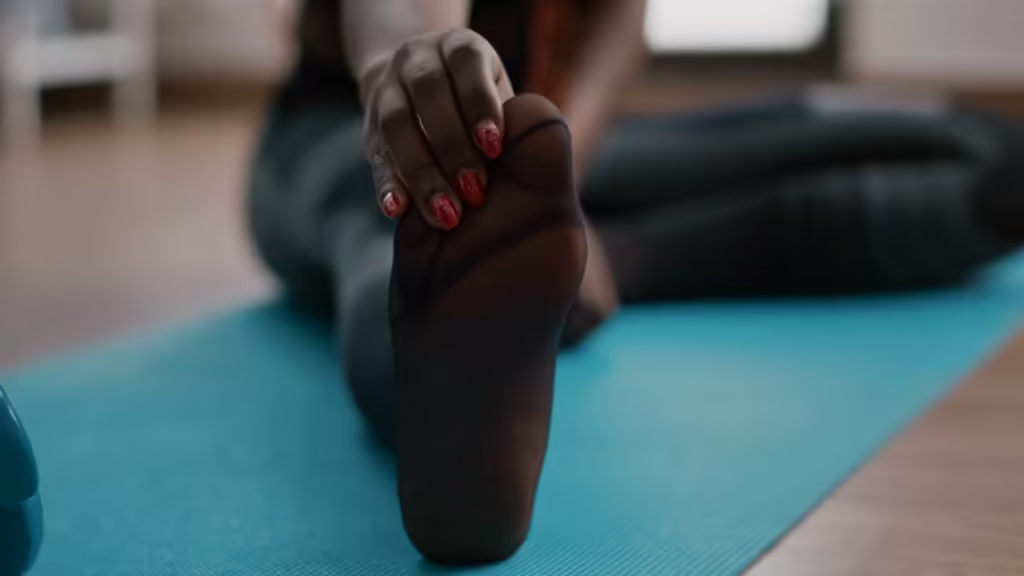
Walking barefoot not only strengthens the muscles but also encourages better movement patterns by increasing body awareness. By engaging naturally with the ground, barefoot individuals foster improved balance, coordination, and mobility. These combined benefits underscore the importance of returning to natural movement, where the feet, unencumbered by shoes, can contribute to overall physical health and injury prevention.
Conclusion
Barefoot living is deeply rooted in human history, from the ancient civilizations of Egypt, Greece, and Rome to indigenous cultures like the Himba people and Native American tribes. Across these diverse cultures, barefoot living has consistently been associated with spiritual connection, health benefits, and natural movement. Today, the modern resurgence of barefoot practices—whether through minimalist footwear or barefoot running—serves as a reminder of the significant health advantages of allowing our feet to function naturally. By embracing barefoot living, individuals can improve their foot strength, balance, and posture, while also benefiting from enhanced proprioception and a reduction in chronic foot pain.
The main takeaway? Returning to natural movement has profound physical benefits that modern footwear often compromises. Whether you’re looking to improve mobility, alleviate pain, or simply reconnect with your body, barefoot living offers a holistic approach to health. If you’re curious about how to incorporate barefoot living into your daily routine, consider starting gradually or seeking guidance from a professional who can help tailor the practice to your specific needs. Ready to take the first step? Explore the benefits of barefoot living today and discover how it can transform your health from the ground up.
Barefoot living isn’t just about your feet—it’s about building better balance, mobility, and stability from the ground up. By reconnecting with how we’re meant to move, you can experience the benefits every day, whether you’re walking, working, or just getting out in the garden.
If you’d like to learn more about who we are and why we practise this way, you can read more about The Barefoot Osteo here.
If you’re curious how these principles can help you move and feel better, book your appointment here or return to The Barefoot Osteo homepage to explore more about our philosophy and approach.
References
Aerts, P., & D’Aout, K. (2009). Effects of habitual footwear use: Foot shape and function. Footwear Science, 1(2), 81-94.
Hanson, N., & Buckworth, J. (2016). Personality characteristics of barefoot runners: Openness and conscientiousness as defining traits. Sport Sciences for Health, 13, 33-38.
Lieberman, D. E. (2011). Barefoot running: Biomechanics and implications for running injuries. Current Sports Medicine Reports, 10(3), 132-137.
Robbins, S. E., & Hanna, A. M. (1987). Running-related injury prevention through barefoot adaptations. Medicine & Science in Sports & Exercise, 19(2), 148-156.
Turpin, N. A., Thambyah, A., Tan, C. W., & Wilson, J. L. (2017). Plantar pressures in three types of indigenous footwear compared to barefoot walking. Journal of Biomechanics, 55, 71-78.
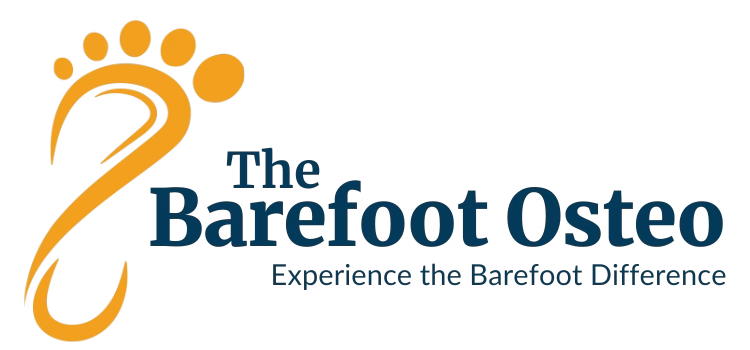
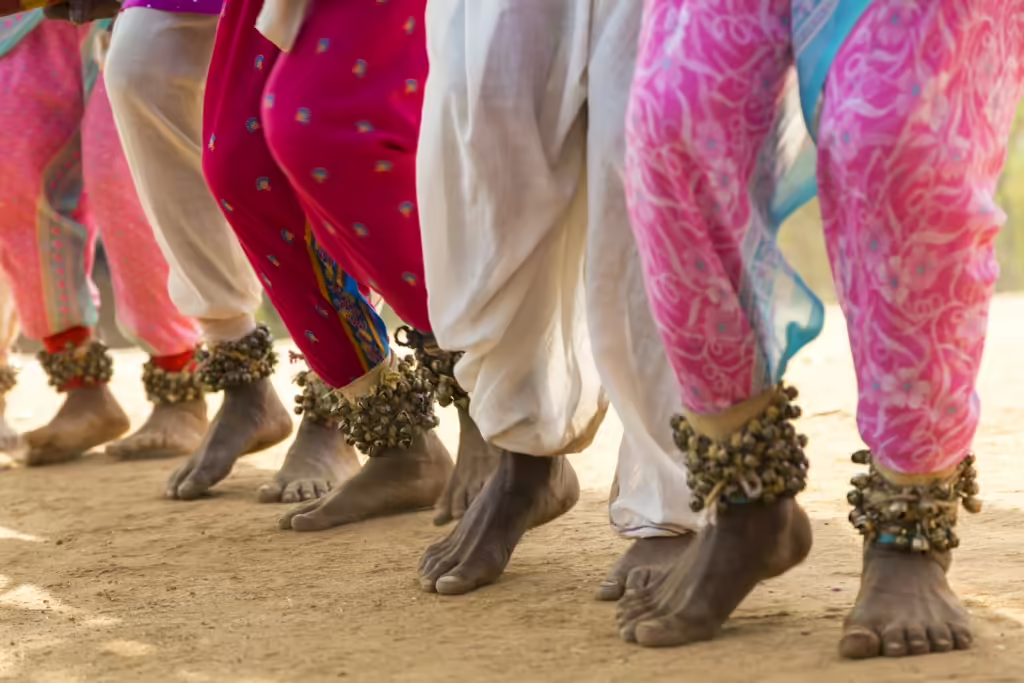


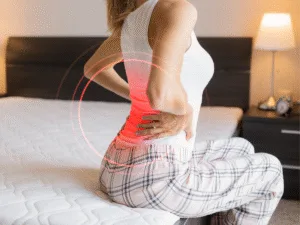

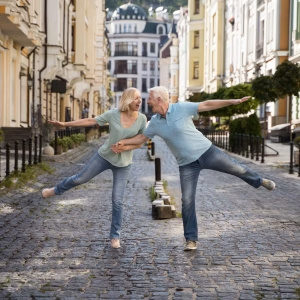
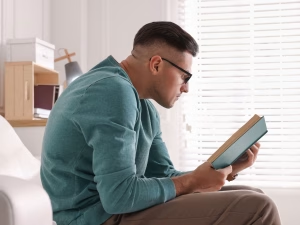
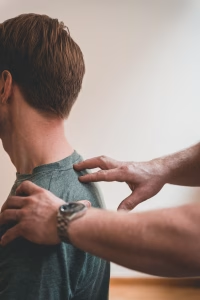
One Response
Good information. Lucky me I discovered your
site by accident (stumbleupon). I have saved as a favorite for later!